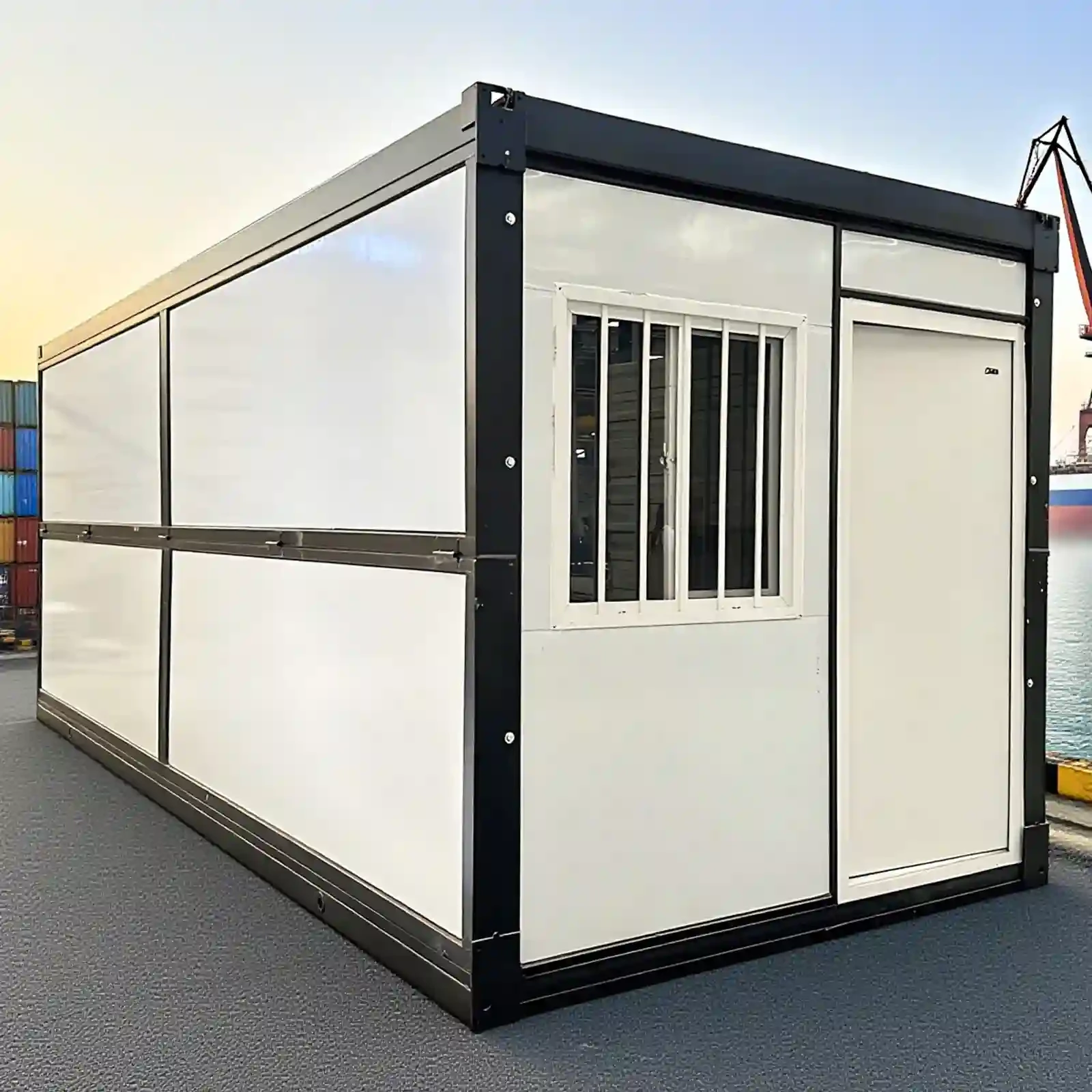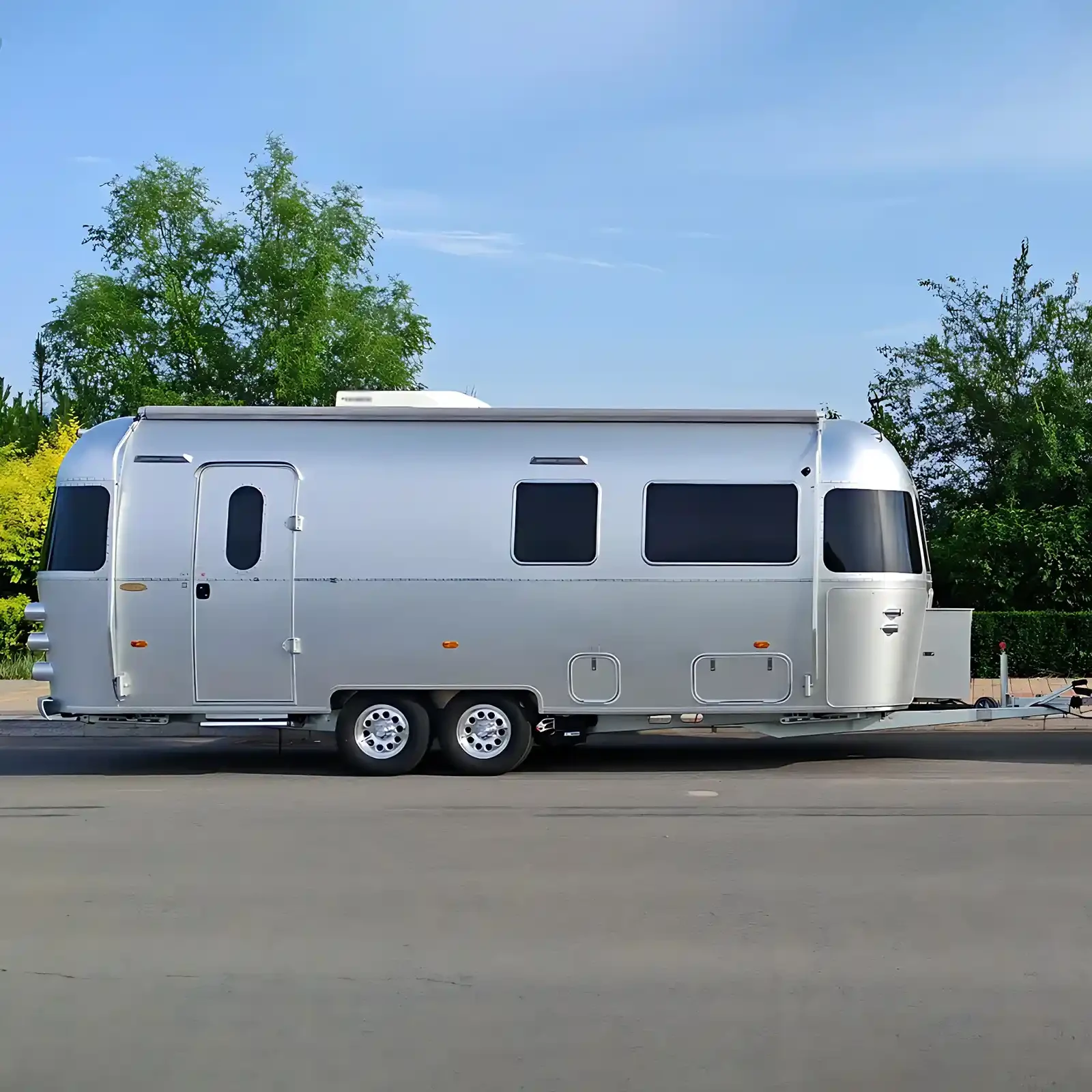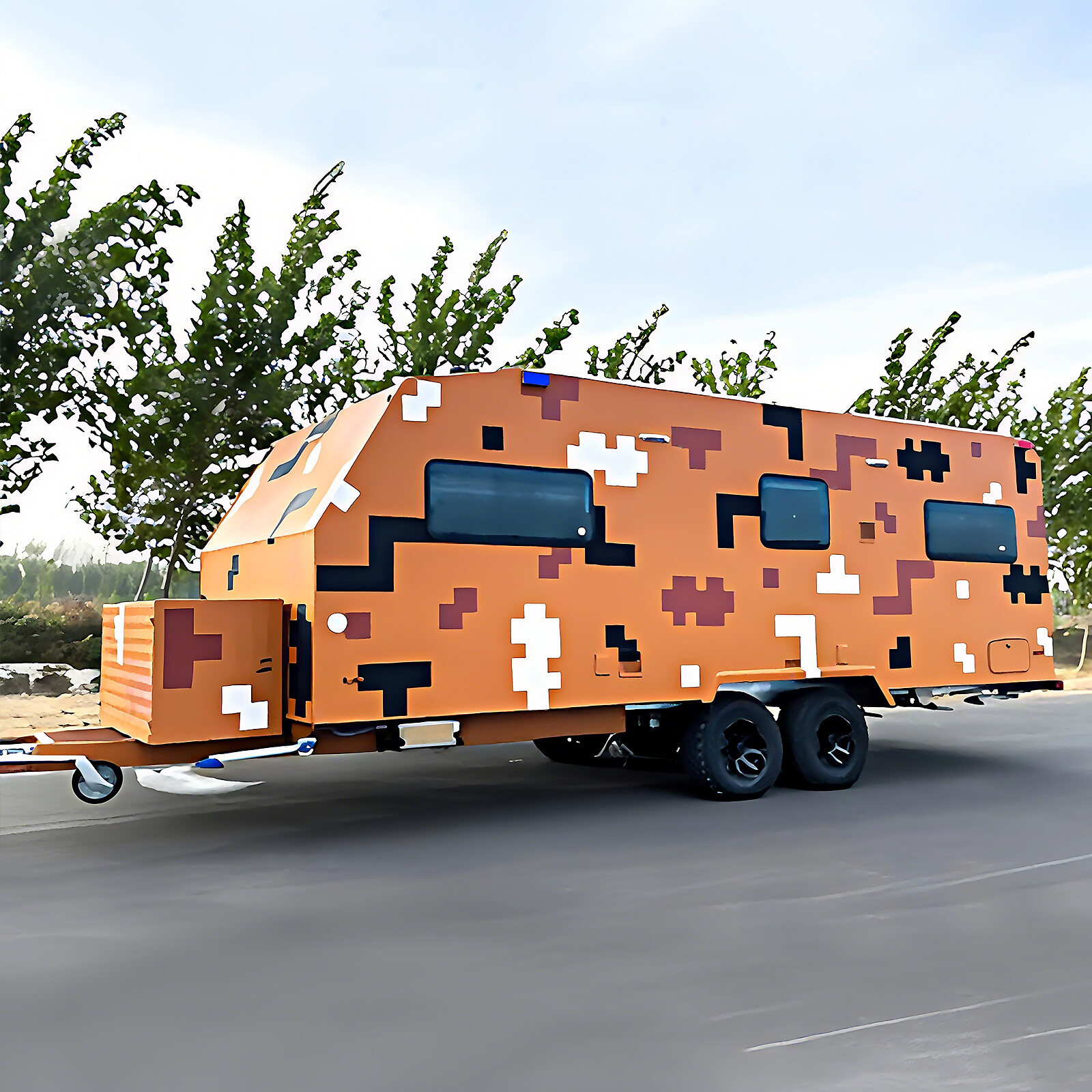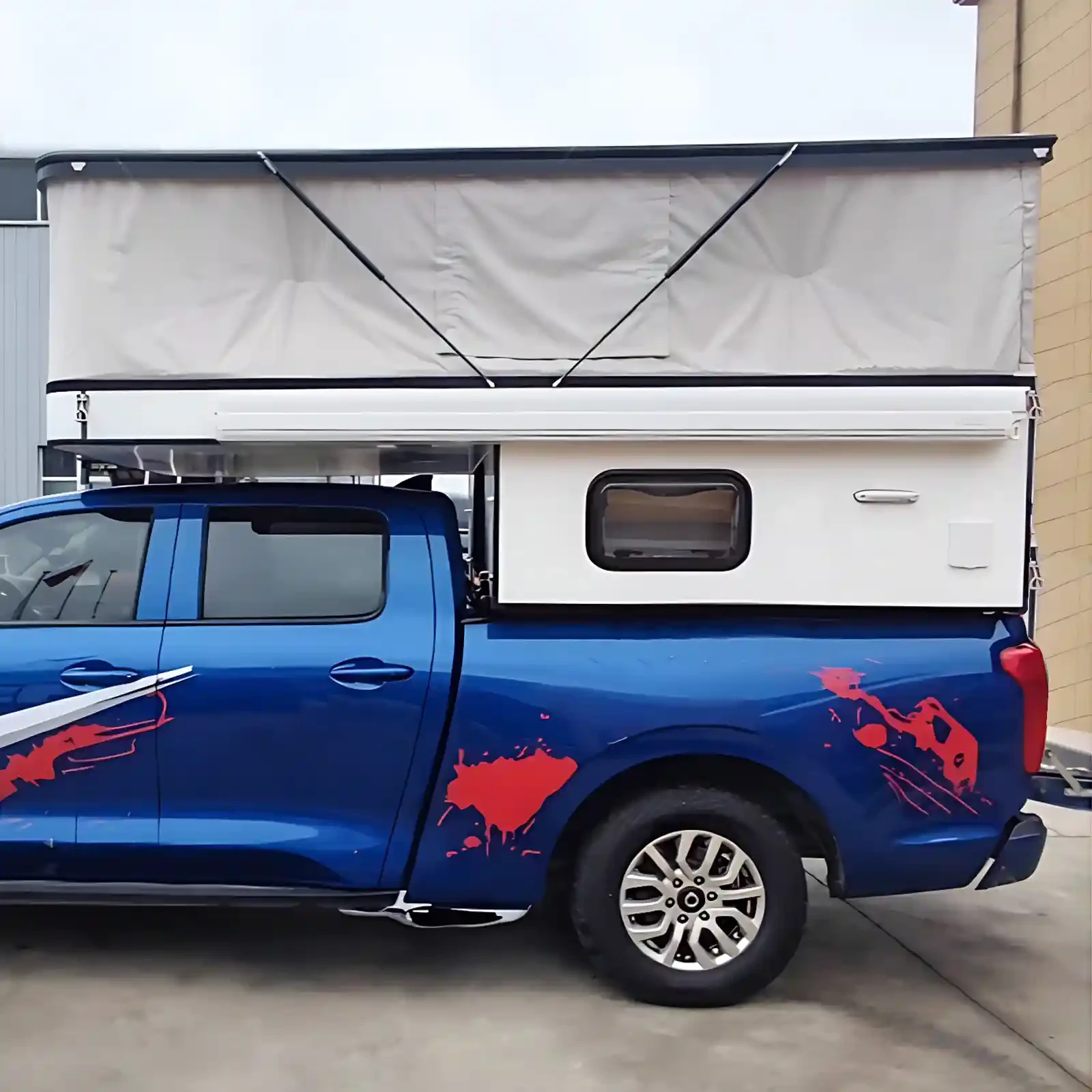With the increasing diversity of architectural forms, capsule homes, with their sci-fi appearance and flexible and convenient features, are becoming a popular choice for tourist B&Bs and creative residences. However, their reliability in resisting natural disasters such as earthquakes and strong winds has become a focus of attention. From structural design and material application to construction techniques, capsule homes provide a solid defense against disasters through multi-faceted technical solutions.
1. Analysis of the seismic performance of space capsule housing
(1) Seismic wisdom of structural design
Capsule homes often utilize integrated steel or aluminum alloy frames, which offer excellent flexibility and ductility. During earthquakes, the steel structure absorbs seismic energy through slight elastic deformation, avoiding the brittle fractures that can occur in traditional brick-concrete structures due to excessive rigidity. The design principle is similar to the energy-absorbing structure of a car's collision, dispersing seismic forces through appropriate deformation, thereby protecting the main structure of the home.
Some capsule homes also incorporate "flexible connection" technology, using special connectors at the frame joints to allow the structure to move within a certain range, further enhancing its earthquake resistance. For example, rubber shock-absorbing pads or spring devices are used at the connection between the capsule and the foundation. When earthquake waves propagate, these flexible components can cushion the vibrations and reduce the direct impact of the earthquake force on the capsule.
(2) Seismic advantages of material properties
The primary materials used in capsule homes are typically lightweight, high-strength steel or aluminum alloy. Compared to traditional building materials, these materials are lighter, effectively reducing the overall mass of the building. According to earthquake mechanics, the lower the mass, the less inertial force generated by an earthquake, thus minimizing damage to the building. For example, a capsule home of the same volume may weigh only one-third to one-half of a brick-concrete structure, significantly reducing the seismic forces it withstands during an earthquake.
At the same time, steel and aluminum alloys possess high strength and toughness, with tensile strengths exceeding 300-500 MPa, allowing them to withstand significant stress without breaking. This property enables the capsule housing to maintain its structural integrity during earthquakes, providing a safe refuge for residents.
(3) Verification of actual earthquake resistance
The seismic performance of the capsule housing was verified through simulated earthquake experiments and real-world use cases. In the laboratory, a capsule housing model was placed on a vibration table to simulate seismic waves of varying intensities. The results showed that even under an earthquake reaching the seismic fortification standard of magnitude 8, the main structure of the capsule housing remained largely intact, with only minor damage to some non-structural components (such as decorative panels). In earthquake-prone countries such as Japan and New Zealand, some capsule housing units have been used for temporary post-disaster relocation and permanent housing construction. After experiencing multiple earthquakes, the houses have remained in good condition, demonstrating their reliable seismic performance.
2. Analysis of wind resistance performance of space capsule houses
(1) Streamlined design reduces wind resistance
Capsule homes often feature a sleek, streamlined design, which effectively reduces wind resistance. According to aerodynamic principles, streamlined objects experience less wind pressure and are less likely to generate eddies and turbulence, thus reducing the impact of strong winds on the home. For example, spherical or ellipsoidal capsule homes can reduce their wind resistance by 30%-40% compared to traditional square buildings, making them more stable in strong winds.
(2) Stable foundation connection and anchoring
To withstand strong winds, the foundation and anchoring methods of the capsule housing are crucial. Common practices involve securely connecting the capsule to the ground using embedded components, expansion bolts, or ground anchors. In windy areas, the number and strength of anchor points are increased to ensure the housing does not flip or shift under strong winds. For example, in coastal areas prone to typhoons, each anchor point of the capsule housing can withstand a tensile force of 5-10 tons, providing overall wind resistance exceeding typhoon force 12.
(3) High-strength materials and sealing structures
The capsule housing's exterior is constructed of high-strength steel, aluminum, or composite materials, which offer excellent resistance to compression and deformation, allowing them to withstand the immense pressure of strong winds. Furthermore, high-strength sealing strips and locking devices are used in doors and windows to ensure a tight seal in strong winds, preventing them from deforming or falling due to wind pressure, and preventing wind from entering the cabin through gaps, creating pressure differentials and endangering the safety of the home.
From structural design and material application to actual performance verification, capsule housing has demonstrated reliable performance in earthquake and wind resistance. Through scientific technical means and rigorous engineering design, capsule housing can provide residents with a safe living environment during natural disasters such as earthquakes and strong winds. With continuous technological advancements, capsule housing is expected to achieve further breakthroughs in earthquake and wind resistance in the future, bringing greater security and possibilities to people's lives.

 USD
USD
 GBP
GBP
 EUR
EUR






